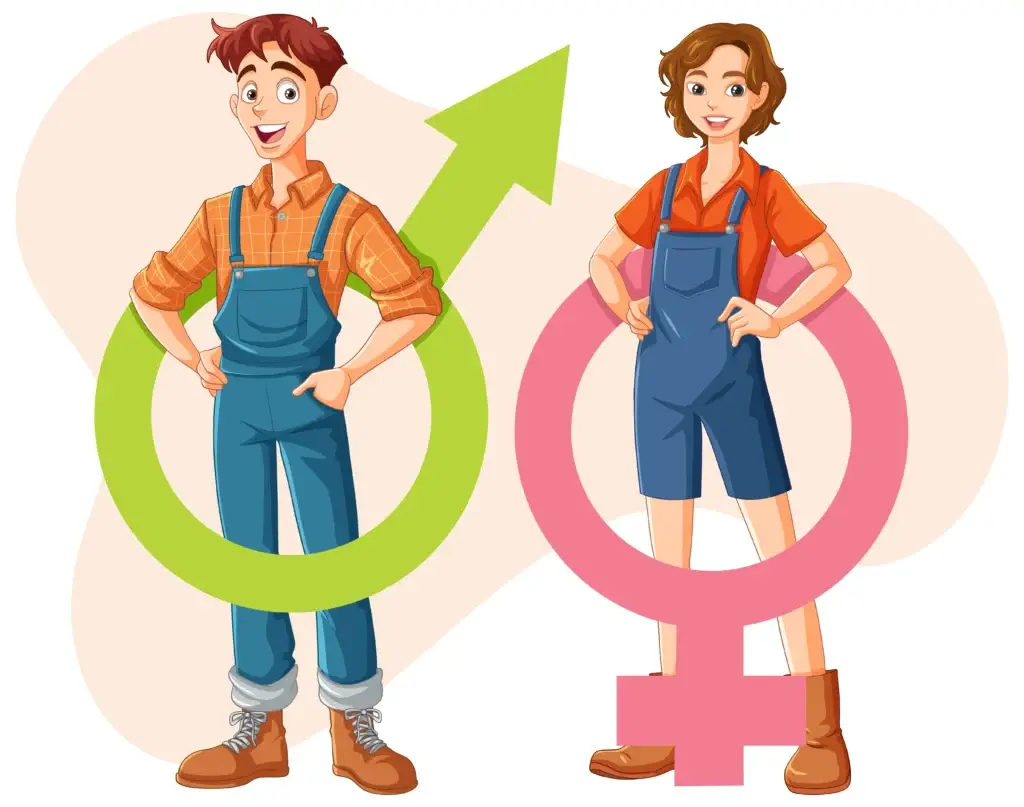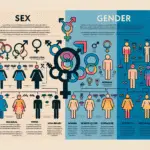Understanding the Sexual Response Cycle
Exploring the natural phases of human sexual response
Human sexuality is a complex interaction of the body, mind, and emotions. One helpful way to understand how people experience sexual arousal and satisfaction is by learning about the sexual response cycle — a framework used by doctors, therapists, and educators to describe the natural stages the body goes through during sexual activity.
In this article, we’ll walk through the four main phases of the sexual response cycle, why they matter, and how understanding them can improve communication, intimacy, and self-awareness in relationships.

What Is the Sexual Response Cycle?
The sexual response cycle refers to the physical and emotional changes that occur as a person becomes sexually aroused and moves toward orgasm and resolution. This concept was first developed by researchers William Masters and Virginia Johnson in the 1960s and has since helped many people understand their own sexual responses better.
There are typically four phases in the cycle:
- Desire (or Libido)
- Arousal (Excitement)
- Orgasm
- Resolution
Let’s explore each one more closely.
1. Desire Phase (Also called Libido)
The desire phase is where it all begins — it involves a person’s interest in or mental readiness for sexual activity. This can be triggered by physical attraction, emotional connection, romantic thoughts, or even memories and fantasies.
Everyone experiences desire differently:
- Some people feel spontaneous desire (it just arises).
- Others experience responsive desire, which builds through emotional or physical closeness.
Factors such as stress, mental health, relationship dynamics, and physical health can all influence desire levels. It’s also completely normal for desire to vary over time.
2. Arousal Phase (Excitement)
This is when the body begins to prepare for sexual activity. Physical changes might include:
- Increased heart rate and blood flow
- Heightened sensitivity in certain areas of the body
- Muscle tension
- Emotional feelings of anticipation or connection
For many people, emotional safety and communication play a key role in this phase. Being relaxed and feeling respected can significantly enhance the arousal process.
3. Orgasm Phase
Orgasm is the peak of the sexual response cycle. It’s typically a short phase characterized by a release of built-up tension and physical pleasure. During this phase, the body may experience rhythmic muscular contractions and a sense of emotional release or satisfaction.
It’s important to note:
- Not everyone experiences orgasm in the same way.
- Some people don’t reach this phase every time — and that’s okay.
- Emotional closeness and communication can be just as important as physical responses.
4. Resolution Phase
In this final phase, the body gradually returns to its resting state. Breathing and heart rate slow down, and a sense of calm or relaxation may follow. Some people may feel emotionally connected or sleepy afterward.
This phase is a reminder that sex isn’t just about excitement or physical reactions — it’s also about winding down and nurturing emotional connection.
A Few Important Notes
- Everyone’s experience is unique: Not all people go through these stages in the same order, and not all stages are experienced in every sexual encounter.
- Gender, age, hormones, and individual differences can all influence how a person moves through the cycle.
- Communication and consent are essential throughout every phase.
Why Understanding the Sexual Response Cycle Matters
Knowing how the body and mind respond during intimacy can:
- Improve communication between partners
- Reduce performance anxiety
- Encourage mutual understanding and respect
- Promote emotional safety and trust
- Help people better recognize their own needs and preferences
Final Thoughts
The sexual response cycle is a natural and healthy part of human sexuality. Learning about it is not only empowering—it can also lead to more respectful, fulfilling, and informed experiences with yourself or a partner.
By exploring these phases with curiosity and openness, we create space for healthier relationships and a better understanding of our own bodies and emotions.

